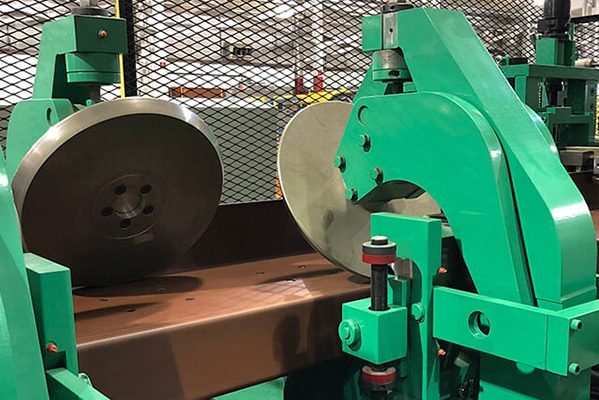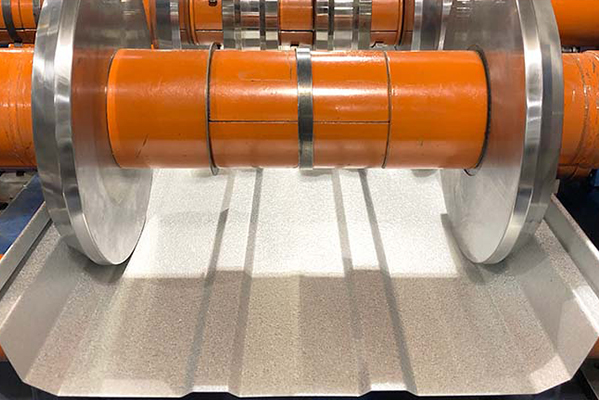Navigation Menu
Contact Us
- Email:
- info@wxavatar.com
- Address:
- Yurong Village, Yuqi Street, Huishan District, Wuxi, China.
Release Date:Mar 29, 2025 Visit:51 Source:Roll Forming Machine Factory
Panel roll forming equipment is essential in metal fabrication, offering high efficiency and precision in producing continuous metal panels. However, like all industrial machinery, it poses potential risks if not operated correctly. Understanding these dangers is crucial for ensuring workplace safety, preventing injuries, and maintaining smooth operations. This article highlights the five major hazards associated with panel roll forming equipment and provides recommendations for mitigating risks.
1. Mechanical Hazards (Pinch Points & Moving Parts)
Roll forming machines contain multiple rollers, gears, and conveyor systems that can cause severe injuries if safety measures are neglected.
Risks:
Crushing or amputation from hands or clothing getting caught in rollers or feeding mechanisms.
Injuries from unguarded moving parts, such as drive chains or rotating shafts.
Prevention Measures:
Install physical guards on all pinch points and moving components.
Use emergency stop buttons within easy reach of operators.
Implement lockout/tagout (LOTO) procedures during maintenance.
2. Material Handling & Heavy Loads
Metal coils and finished panels are extremely heavy, posing risks during loading, unloading, and transportation.
Risks:
Back injuries or strains from manual lifting of coils or panels.
Struck-by accidents if a metal coil unwinds uncontrollably.
Falling panels causing foot injuries or crushing hazards.
Prevention Measures:
Use cranes, forklifts, or coil cars for handling heavy materials.
Ensure proper storage racks to prevent panels from tipping over.
Train workers in safe lifting techniques and mechanical handling.

3. Noise-Induced Hearing Loss
Roll forming machines generate high noise levels due to metal bending, cutting, and machinery operation.
Risks:
Permanent hearing damage from prolonged exposure to noise above 85 dB.
Communication difficulties, increasing the risk of accidents.
Prevention Measures:
Provide earplugs or noise-canceling earmuffs to workers.
Install sound-dampening enclosures around loud machinery.
Conduct regular noise level assessments and limit exposure time.
4. Sharp Edges & Flying Debris
Cutting and forming metal sheets can produce sharp edges, metal shavings, or flying fragments.
Risks:
Lacerations or puncture wounds from handling unfinished panels.
Eye injuries from metal chips or sparks during cutting.
Prevention Measures:
Require workers to wear cut-resistant gloves and safety goggles.
Use debris shields around cutting stations.
Keep work areas clean to prevent tripping over scrap metal.

5. Electrical & Automation Hazards
Modern roll forming machines use electrical systems, hydraulics, and automation, which can malfunction.
Risks:
Electrical shocks from faulty wiring or improper grounding.
Unexpected machine movements due to control system errors.
Entrapment in automated conveyor systems.
Prevention Measures:
Conduct regular electrical inspections and maintenance.
Ensure proper machine guarding around robotic components.
Train operators on emergency shutdown procedures.
Conclusion
While panel roll forming equipment is highly efficient, it presents significant hazards, including mechanical injuries, heavy load risks, noise exposure, sharp metal hazards, and electrical dangers. By implementing proper safety guards, training programs, PPE usage, and maintenance protocols, workplaces can minimize risks and ensure a safer production environment.
Prioritizing safety not only protects workers but also enhances productivity by reducing downtime from accidents. Would you like a detailed safety checklist for roll forming machine operators?